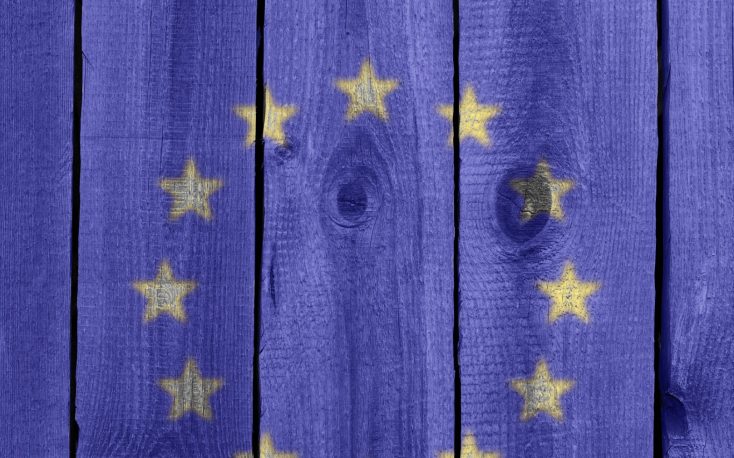On October 7th, the EU Parliament launched the EU Forest Strategy from 2021 in a non-legislative resolution and thus provided the EU Commission with a decision proposal.
The EU Parliament has adopted the initiative draft of the Committee on Agriculture and Rural Development (AGRI) of the European Parliament for the new EU forest strategy with 462 votes in favor, 176 against and 59 abstentions.
Priorities of the EU forest strategy
The focus of the strategy is on supporting sustainable forest management and responsible owners, strengthening forests against disasters, increasing their adaptability to changing climatic conditions and establishing early warning mechanisms to prevent forest fires.
In addition, the aim is to combat the import of illegally felled timber more effectively and promote sustainable forestry worldwide. Part of the strategy is also better financial compensation for loss of income through nature conservation measures. Wood as a sustainable and renewable building and raw material should be promoted more in the opinion of the majority of the MPs
Associations welcome draft
The European associations of the timber industry and forest owners welcomed the adoption of the draft. The wood industry particularly emphasizes the strengthening of the circular bioeconomy, which is an essential approach to achieving a low-carbon society in the implementation of the EU Green Deal. Encouraging the use of wood products also offers a robust and immediate solution to a climate-neutral EU economy thanks to the effects of carbon storage in wood and the substitution of fossil materials.
The forest owners' associations emphasize that one should not try to reinvent the wheel by changing the definition of sustainable forest management, which has been internationally agreed within the framework of the Europe-wide "Forest Europe Process" and incorporated into national law and practice.
Green criticism
Criticism comes from the Greens MP in the EU Parliament Anna Deparnay-Grunenberg. The adopted report on the new EU forest strategy focuses on the classic, short-term economic importance of forests instead of presenting a strategy for forest conversion. When it comes to what she believes should be done, she then lists everything that the draft strategy has defined as goals.
Forests in Europe
Forests and other forest areas currently cover around 43% of the EU area, reach at least 182 million hectares and make up 5% of the total forests in the world. In Europe, 23% of all forests are in Natura 2000 areas. Forests absorb over 10% of the EU's greenhouse gas emissions.
Around 60% of EU forests are privately owned and a large part are small forests (less than 3 hectares). Over 60% of the productive forests in the EU are certified to meet the voluntary standards for sustainable forest management. The sector employs at least 500,000 people directly and 2.6 million indirectly in the EU.





Leave a Reply